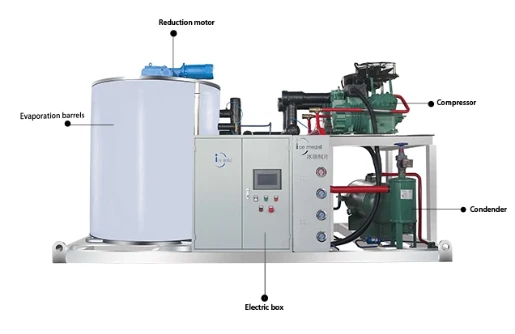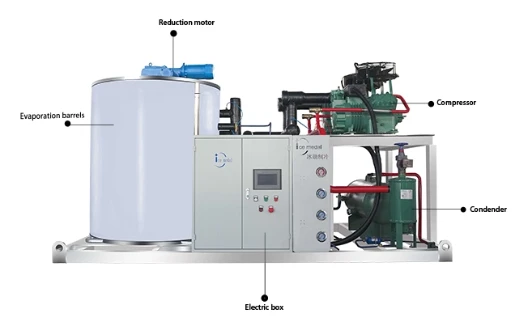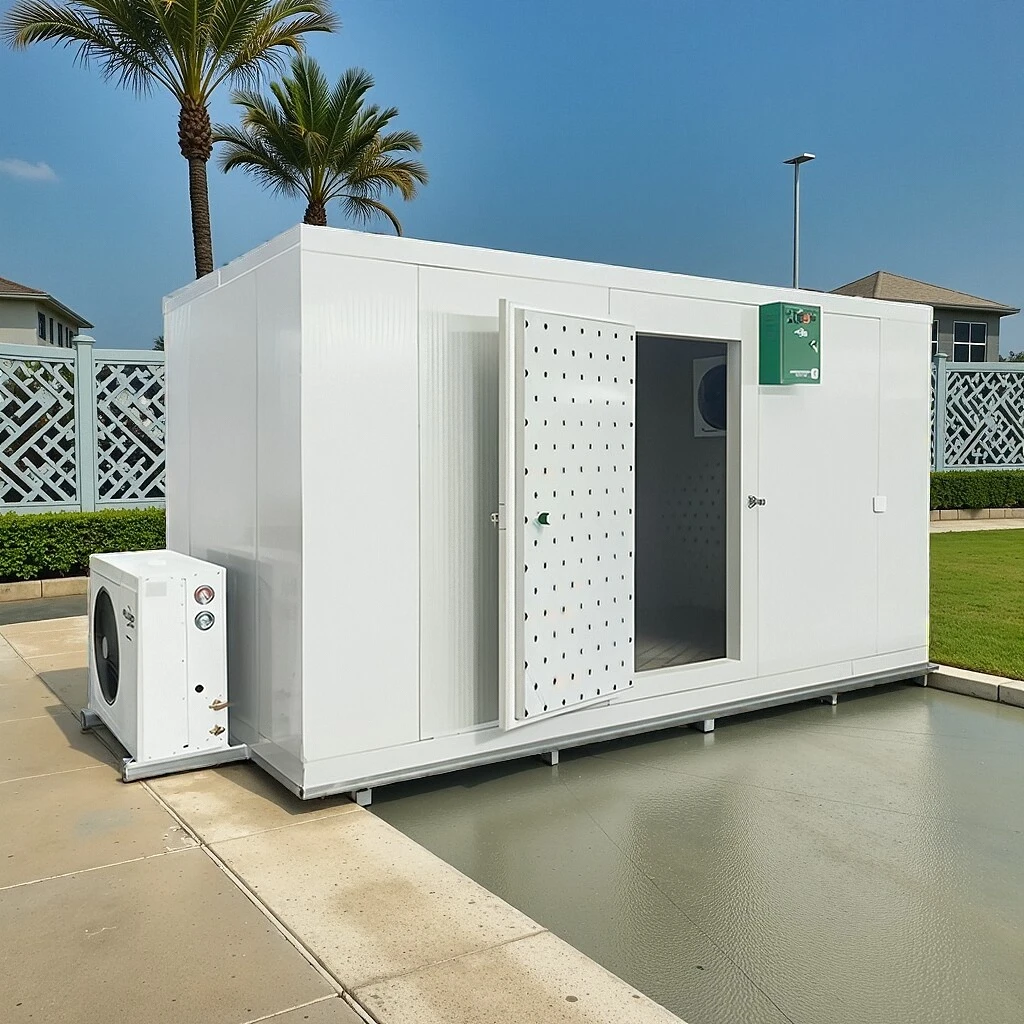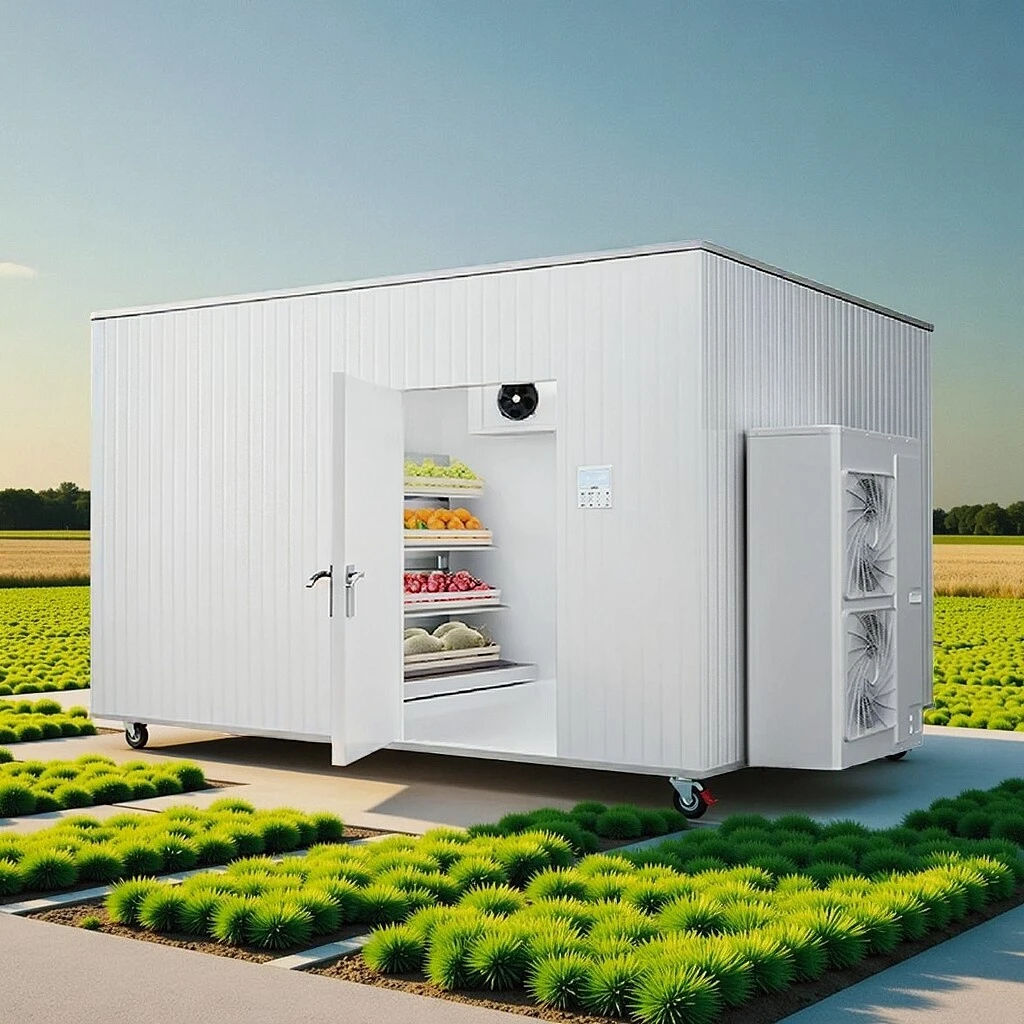Exploring the Advantages of Dual Circuit Condensing Units for Enhanced Refrigeration Efficiency
Understanding Dual Circuit Condensing Units Efficiency and Versatility in HVAC Systems
When it comes to heating, ventilation, and air conditioning (HVAC) systems, the efficiency and reliability of the components used are paramount. One such critical component is the dual circuit condensing unit. This innovation in HVAC technology helps to optimize performance and enhance energy savings, making it an essential choice for various applications, from commercial buildings to large residential properties.
A dual circuit condensing unit operates on the principle of using two separate refrigeration circuits within a single unit. Each circuit runs independently, allowing for a more flexible and efficient operation. This design means that if one circuit experiences issues or requires maintenance, the other can continue to function, ensuring that the system maintains cooling capabilities without interruption. This redundancy is particularly valuable in environments where climate control is crucial, such as data centers, hospitals, and server rooms.
One of the most significant advantages of a dual circuit system is its energy efficiency. By using two circuits, the condensing unit can modulate its operation based on the cooling load requirements. During times of low demand, the system can operate on one circuit, consuming less energy. Conversely, during peak load times, both circuits can engage to provide the necessary cooling power. This ability to scale operation according to demand not only conserves energy but also reduces operational costs over time.
Moreover, dual circuit condensing units offer enhanced cooling performance. The design allows for greater heat transfer efficiency, leading to faster cooling times and improved temperature stability. Applications that require precise temperature control can significantly benefit from this advantage, making dual circuit units a preferred choice for restaurants, laboratories, and other sensitive environments.
dual circuit condensing unit
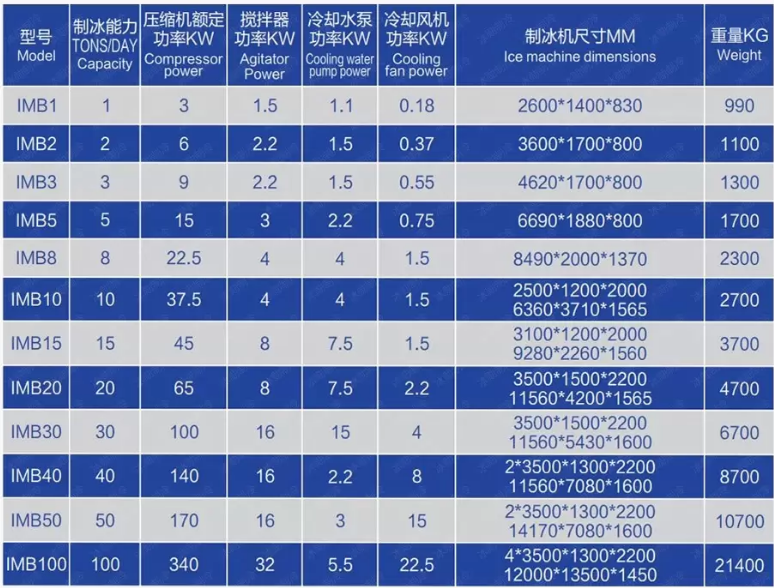
Another key consideration in selecting a dual circuit condensing unit is its ability to facilitate better system control and diagnostics. Advanced integration technology allows for real-time monitoring of both circuits, providing insights into performance metrics and potential issues. This capability leads to more effective maintenance schedules and quicker resolution of problems, thereby minimizing downtime and service costs.
The versatility of dual circuit condensing units is also noteworthy. They can be tailored to meet a wide array of installation requirements and are compatible with various refrigerants. This flexibility is essential as regulatory standards regarding refrigerant use continue to evolve. Additionally, dual circuit systems can be designed to accommodate specific system configurations, whether for rooftop installations, side-by-side setups, or within existing HVAC frameworks.
However, it’s essential to consider the initial investment associated with dual circuit condensing units. While the upfront costs may be higher than traditional single-circuit units, the long-term energy savings, reduced maintenance costs, and increased reliability often justify the expense. Businesses and homeowners alike should assess their cooling needs, budget constraints, and potential energy conservation benefits before making a decision.
In conclusion, dual circuit condensing units represent a significant advancement in HVAC technology. Their ability to function efficiently and reliably across various applications makes them an excellent investment for anyone looking to enhance their climate control systems. With their energy-saving capacities, improved diagnostic features, and versatility, dual circuit condensing units are poised to become the standard in effective HVAC solutions for the future. As technology continues to advance, users can expect even more innovative features and efficiencies from these versatile units.



